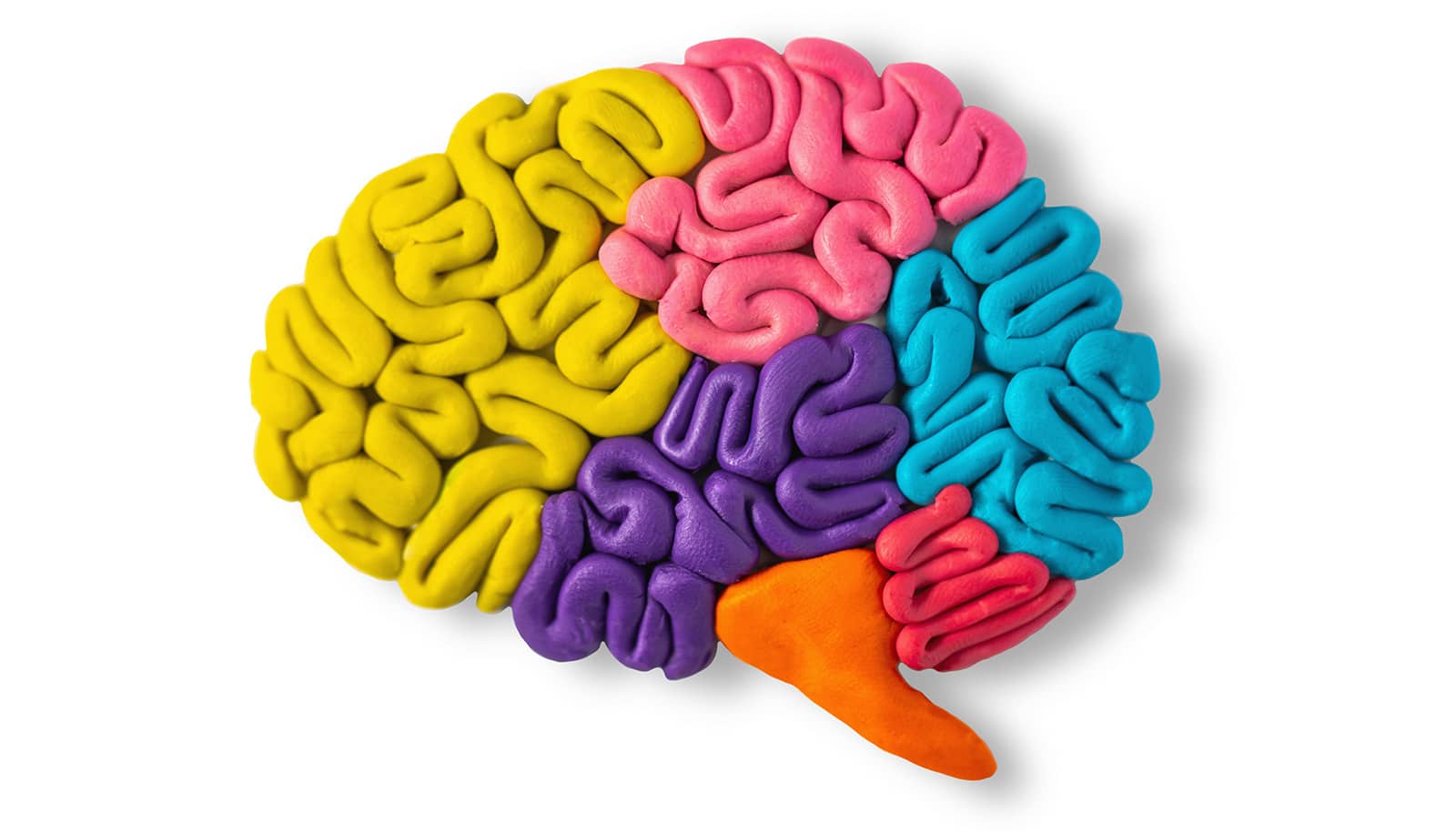A new study of adolescents and young adults at high risk of taking their own lives—those suffering from bipolar disorder—points to specific differences in the brains of those who attempt suicide and those who don’t.
“Suicide is a leading cause of death of adolescents and young adults, and we can’t move on this issue fast enough,” says Hilary Blumberg, professor of psychiatric neuroscience, and professor of psychiatry, radiology, and biomedical imaging at Yale University.
“The identification of brain circuits involved in risk for suicide can lead to new ways to identify who is most at risk and hopefully, prevent suicides.”
About half of people with bipolar disorder, marked by extreme mood swings, attempt suicide in their lifetimes, and as many as one in five people with the disorder may die by suicide. In studies of adults who made suicide attempts, evidence implicates problems in the frontal-limbic system, where emotions and impulses arise, and the frontal cortex, which helps regulate emotions and impulses.
2 in 5 people with schizophrenia attempt suicide
For the study, published in the American Journal of Psychiatry, researchers studied adolescents and young adults. Since their frontal-limbic system is still under development, studying this age group could provide windows into how suicidal thoughts and behaviors arise.
Specialized magnetic resonance imaging (MRI) scans of those who had attempted suicide and those who had not showed several telltale differences. Those who had attempted suicide had subtle decreases in the volume and activity in areas of the brain circuitry that regulate emotion and impulses, and in the white matter, the wiring that provides connections between those brain areas.
“The findings suggest that the frontal cortex is not working as well as it should to regulate the circuitry,” Blumberg says. “That can lead to more extreme emotional pain, difficulties in generating alternate solutions to suicide, and greater likelihood of acting on suicidal impulses.”
Further research into brain circuitry developmental processes that lead to suicide can help identify individuals at risk of suicide. The findings may help clinicians develop new strategies to minimize risk factors and therapies designed to strengthen the vulnerable brain circuits.
The National Institutes of Health, American Foundation for Suicide Prevention, International Bipolar Disorder Foundation, Brain and Behavior Research Foundation, Women’s Health Research at Yale, and the John and Hope Furth Endowment funded the work.
Source: Yale University



